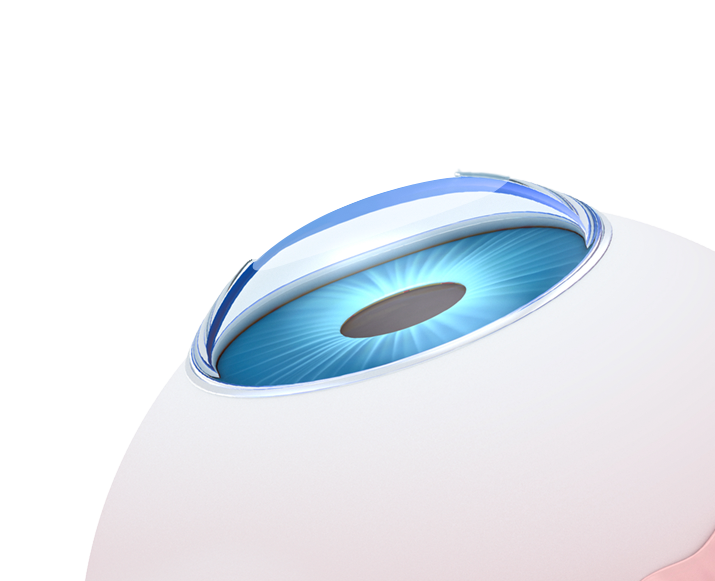 Dr. Andrew E. Holzman has performed LASIK on countless people in the greater Washington, DC area. He strives to help patients experience clear vision without the need for corrective lenses, and he routinely achieves high levels of patient satisfaction. When issues arise, he uses his experience to determine the best remedy for the problem, always keeping the patient’s health in at the forefront of his mind.
Dr. Andrew E. Holzman has performed LASIK on countless people in the greater Washington, DC area. He strives to help patients experience clear vision without the need for corrective lenses, and he routinely achieves high levels of patient satisfaction. When issues arise, he uses his experience to determine the best remedy for the problem, always keeping the patient’s health in at the forefront of his mind.
Some of his LASIK patients have had questions about undergoing LASIK a second time to enhance vision further. We’d like to explore this issue in a bit of detail below, first discussing if it’s possible and then noting why it would be necessary.
How LASIK Works
During LASIK, a thin flap is created along the epithelium, the topmost layer of the corneal surface. The flap is raised so a laser can be used to reshape the cornea, improving a patient’s vision quality in the process.
Can a Person Have LASIK Performed Multiple Times?
Yes, it is possible to have LASIK performed more than once. Technically, a patient could undergo LASIK multiple times in their life, but that is not usually necessary nor is that possible.
LASIK permanently reshapes corneal tissues, so at a certain point, a LASIK surgeon would have the good sense to advise no more additional refractive procedures. LASIK could lead to permanent corneal damage, thin corneas, and diminished vision.
Why Would Someone Need Multiple LASIK Surgeries?
While LASIK success rates are as high as 99 percent, there is a very slim chance that a patient may not experience optimal vision on their initial surgery. Similarly, over time, the aging process could naturally result in some degree of diminished vision even after a successful LASIK surgery.
In both of the above cases, LASIK patients in the Washington, DC area may return to our practice for a touch-up procedure. This occurrence is less than 1% of our cases. This secondary LASIK surgery will reshape the cornea further to enhance vision quality.
Are There Risks to Undergoing LASIK Multiple Times?
Yes.
As we mentioned above, LASIK permanently reshapes the cornea. If a patient’s corneas are not thick enough following LASIK surgery, there is a chance of complications when performing a second LASIK procedure. Extremely thin corneas could increase the risk of corneal ectasia, a condition in which the corneas bulge outward, causing the eyes to have a conical rather than round shape.
In addition, there could be a heightened risk of epithelial ingrowth with secondary LASIK surgery since the corneal flap must be created again. The rate of epithelial ingrowth for the initial LASIK surgery is much lower by comparison.
It’s crucial that refractive surgeons weigh all of the potential risks against the benefits of secondary LASIK surgery.
What Are the Chances I’ll Need LASIK More Than Once?
Thankfully, the chances you’ll require a secondary LASIK surgery are quite low, as mentioned above, less than 1% overall but depending slightly on how bad your eyes are to begin with.
We use advanced technology and surgical techniques to help ensure optimal surgical results for all of our patients. Our screening and consultation process is also rigorous, ensuring that only good candidates for LASIK undergo the procedure as needed. By only performing LASIK on ideal candidates, the need for additional LASIK procedures is quite low.
If you do require secondary LASIK, rest assured that we will carefully assess your corneal thickness and determine if the risks of an additional LASIK are worth taking to improve your vision quality. If not, we can recommend safer and more practical ways of enhancing vision without compromising the health of your eyes.
Learn More About LASIK
For more information about LASIK, enhancement surgery, and the need for additional vision correction procedures, be sure to contact a skilled laser eye surgeon. Dr. Holzman and his team can be reached by phone in the Washington, DC area at (855) 99-LASIK.



